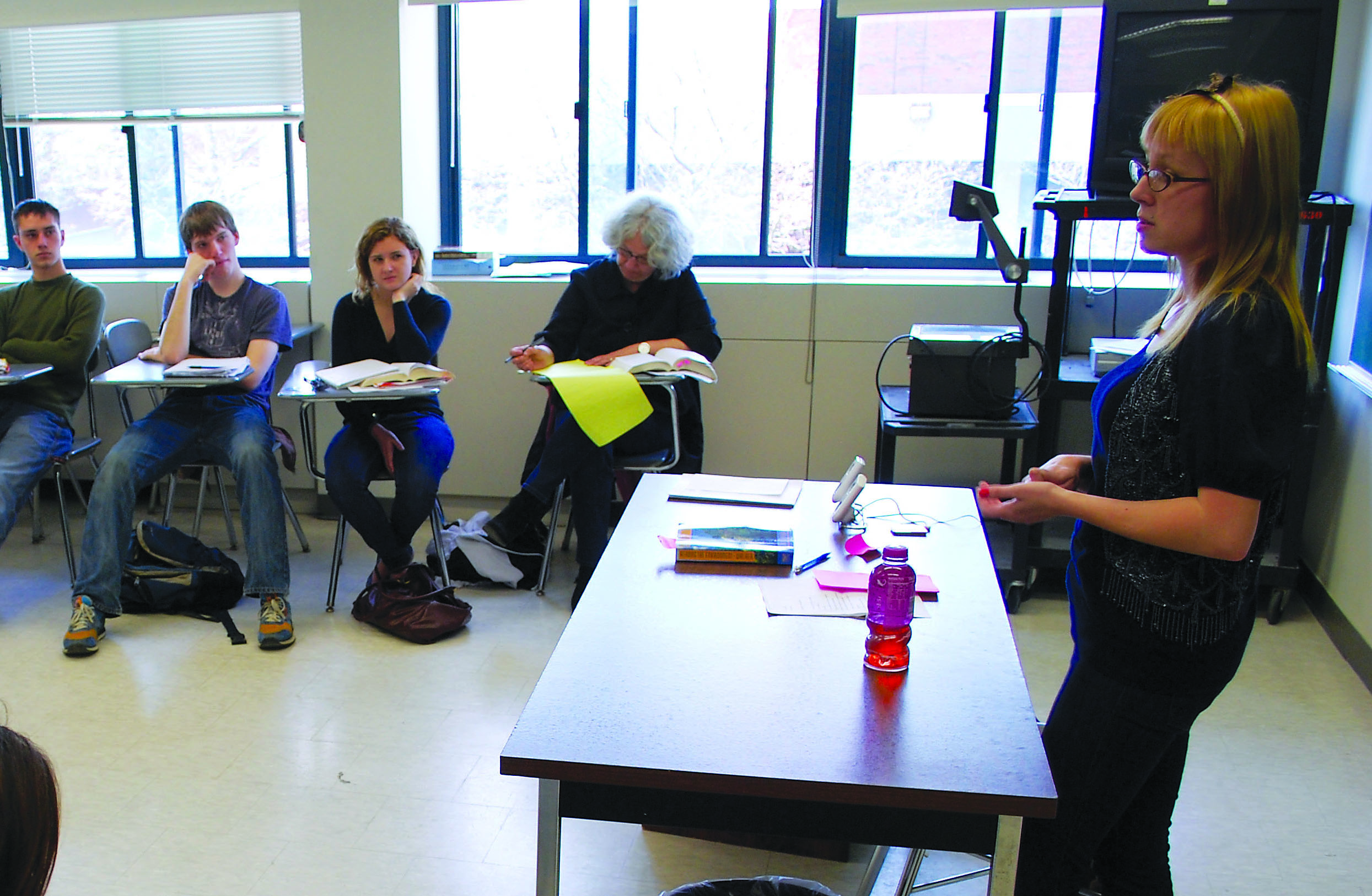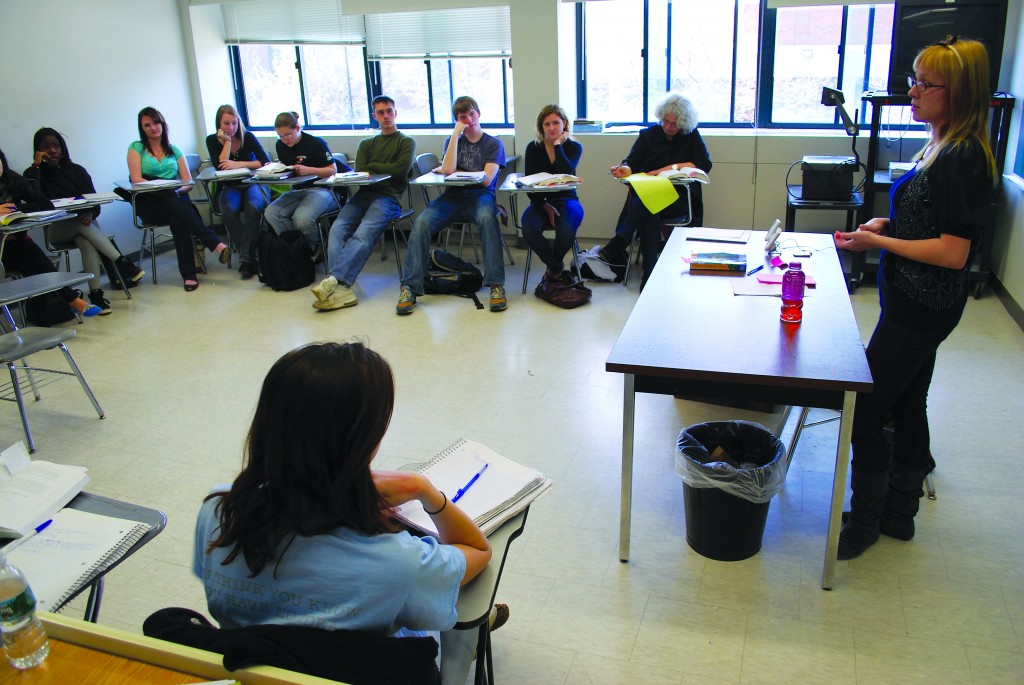

President Donald Christian and other college officials began the process of analyzing faculty workload at the college and how related issues are affecting instructors, he said.
The president will work with Vice President for Administration and Finance Jacqueline DiStefano, Vice President of Enrollment Management L. David Eaton, Interim Provost Cheryl Torsney and others to gather data on faculty workload. Christian said this will include statistics relating to course loads, advising loads, scholarship and other services an instructor may dedicate to the college.
Quantitative measures that the group of officials are looking into include the number of courses faculty teach and the enrollments in those courses. Christian said administrators first want to find out if there are inequities across the campus.
“If we have faculty in units or particular areas who have developed lower and lower teaching loads compared to colleagues in other departments, we need to address that,” he said.
United University Professions (UUP) Chapter President Peter Brown agreed with Christian that the course load of a faculty member provided tangible information for this kind of analysis. He said faculty realize that in difficult economic times, they may need to “do a little more in terms of having slightly larger class sizes or taking on independent studies,” but this is still an issue of concern.
“We’re trying to be flexible,” Brown said. “But if you do increase the course load from six courses a year to seven, that’s significant. There has to be a proportional reduction in other aspects of a person’s work.”
Christian said officials will be examining different work faculty may take on, including advising. The number of advisees faculty have taken on will be examined as a part of the workload analysis.
However, Christian said the quality of advising is hard to measure.
“If I were an academic advisor, I could have 50 students assigned to me and a student could come in and I could say, ‘Here’s your registration number, go sign up for what you want to sign up for,’” he said. “Or, I could sit down with you and talk about how the semester is going, long term goals, career plans you have, what would be the best courses to fill those goals and so on. So, how you assess advising workload is a fairly complex.”
College officials and union leaders agreed that another aspect of a faculty’s workload that will be difficult to measure are other services they perform for the school.
Chief of Staff Shelly Wright said it is important to remember the different demands of faculty to assist students or engage in scholarly activity across varying academic units.
“In the sciences you’ve got research, but in the fine and performing arts you’ve got creative activity,” she said. “It’s a challenge to look at these different things.”
Christian said that other services faculty can perform, such as serving on a committee, are also hard to analyze as it is difficult to capture how engaged they are in their position statistically.
Brown said the fact that some aspects of a faculty member’s workload are challenging to gauge contributes to faculty doing “more for less.”
“If we think of workload as a pie and one of the pieces is course load, if you increase that then you have decrease service and the amount of research that is expected proportionally,” Brown said. “It gets complicated because it’s very easy to measure the number of courses that somebody teaches. But how do you decrease your service by one third when it is real hard to measure what your service is?”
The union, Brown said, had asked to appoint a member to a faculty committee to discuss the workload issue, but they were turned down. He said administrators will be consulting UUP members and leaders will follow developments.
Christian said while faculty will be consulted and involved in the workload analysis, officials aren’t at that stage of the process yet.
“It doesn’t make a lot of sense to us to get the faculty group together until we have some hard data,” he said.
